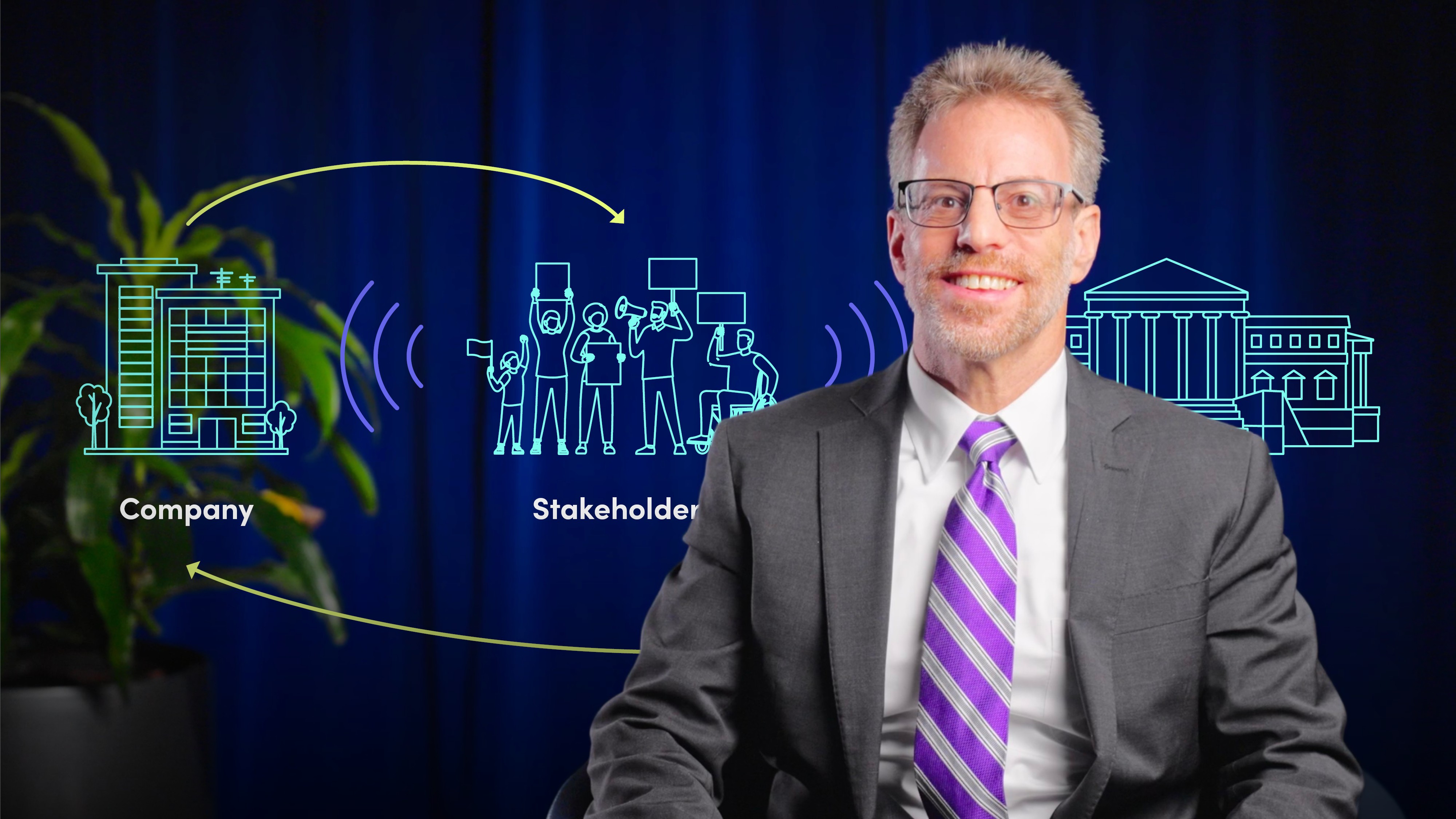
Communicating and Adapting to Dynamic Materiality

Wayne Mayer
30 years: Sustainability and Corporate Social Responsibility Executive
In this video, Wayne explains double and dynamic materiality, showing how they help businesses understand their financial and societal impacts. He covers how adapting to evolving risks and aligning with the UN Sustainable Development Goals (SDGs) can enhance transparency, build stakeholder trust, and drive long-term value and resilience.
In this video, Wayne explains double and dynamic materiality, showing how they help businesses understand their financial and societal impacts. He covers how adapting to evolving risks and aligning with the UN Sustainable Development Goals (SDGs) can enhance transparency, build stakeholder trust, and drive long-term value and resilience.

Communicating and Adapting to Dynamic Materiality
13 mins 53 secs
Key learning objectives:
Understand how to conduct and communicate double materiality assessments
Understand dynamic materiality and its importance in adapting to evolving risks
Outline best practices for integrating double materiality into corporate strategy
Overview:

Wayne Mayer
There are no available Videos from "Wayne Mayer"





















